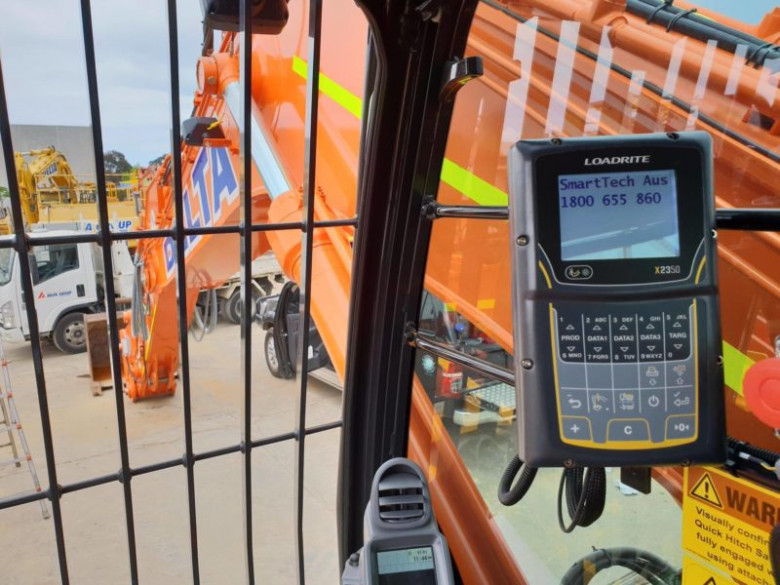views
Smart Remote Telemetry Units for Energy, Water & Utility Management
In today’s fast-moving, data-driven world, industries like energy, water, and utilities are under increasing pressure to be more efficient, responsive, and reliable. From monitoring water levels in remote reservoirs to tracking energy consumption across a vast electrical grid, staying on top of critical systems is no easy task — especially when operations are spread out over large geographical areas.
That’s where smart remote telemetry units come in. These devices are helping transform how utility systems are managed by enabling real-time data collection, communication, and control — no matter how remote the location.
What Is a Remote Telemetry Unit?
A remote telemetry unit (RTU) is a small, ruggedized electronic device used to monitor, collect, and transmit data from field equipment to a central control system. Think of it as the eyes and ears of a SCADA (Supervisory Control and Data Acquisition) system, especially in locations that are hard to access or operate in extreme conditions.
Over the years, RTUs have gotten smarter. Today’s smart remote telemetry units come equipped with advanced communication technologies (like 4G/5G, satellite, and Ethernet), built-in logic controllers, and the ability to send alerts or even automate responses without human input.
This smart functionality is what makes them so valuable to sectors like energy, water, and utilities.

Why Smart Remote Telemetry Units Matter
Managing infrastructure has always involved a delicate balance of cost, efficiency, and safety. Traditional systems required teams to manually inspect equipment or collect readings — a time-consuming and expensive process.
Smart remote telemetry units eliminate much of that manual labor. They continuously collect and transmit real-time data from remote assets, allowing operators to monitor conditions, detect faults, and even control devices without stepping foot onsite.
Here are some key advantages:
1. Real-Time Monitoring
With a smart RTU, you can instantly know if a transformer is overheating, a water pump has stopped working, or a pressure valve has dropped below safe levels. Real-time data means faster reactions and fewer service disruptions.
2. Reduced Operational Costs
By cutting down on field visits, fuel costs, and manual labor, utilities can significantly lower their operating expenses. One remote telemetry unit can do the work of multiple site checks.
3. Improved Safety and Reliability
Automatic alerts and data logs mean that potential failures can be caught early — reducing the risk of accidents or service outages.
4. Seamless Integration
Modern RTUs can communicate with cloud platforms, analytics tools, and legacy systems alike. They work as the bridge between physical assets and digital dashboards.
Use Cases in Energy, Water, and Utility Management
Energy Sector
In power distribution and renewable energy, smart RTUs are critical. They monitor substations, track load balances, and even help integrate solar and wind sources into the grid. With smart telemetry, energy providers can better manage demand and prevent blackouts.
Water and Wastewater
Whether it's monitoring water levels, tracking chemical dosing, or detecting leaks in pipelines, remote telemetry units are essential for water utilities. They help manage resources more efficiently and improve response times during critical situations like flooding or contamination.
Broader Utility Infrastructure
From gas networks to district heating systems, smart RTUs offer a scalable solution. They can be deployed in street lighting, environmental monitoring, and even stormwater systems to provide data that supports smarter city planning and maintenance.
Choosing the Right Remote Telemetry Unit
Not all RTUs are created equal. When selecting a smart RTU for your operation, consider the following:
-
Environment: Will it be exposed to extreme heat, cold, or moisture?
-
Power Source: Some units support solar or battery power, which is ideal for off-grid sites.
-
Communication Options: Choose based on what’s available at your site — cellular, satellite, or Ethernet.
-
Compatibility: Make sure it can integrate with your current SCADA system or IoT platform.
-
Security: Data encryption and secure remote access are a must in today’s cybersecurity landscape.
Conclusion
In a world where infrastructure efficiency and real-time responsiveness are more important than ever, adopting the right technology can make all the difference. A smart remote telemetry unit offers more than just data collection — it provides a complete solution for monitoring, automation, and control across energy, water, and utility systems. By enabling faster decision-making, reducing operational costs, and improving service reliability, RTUs are helping industries modernize their operations and stay prepared for the future.






















Comments
0 comment